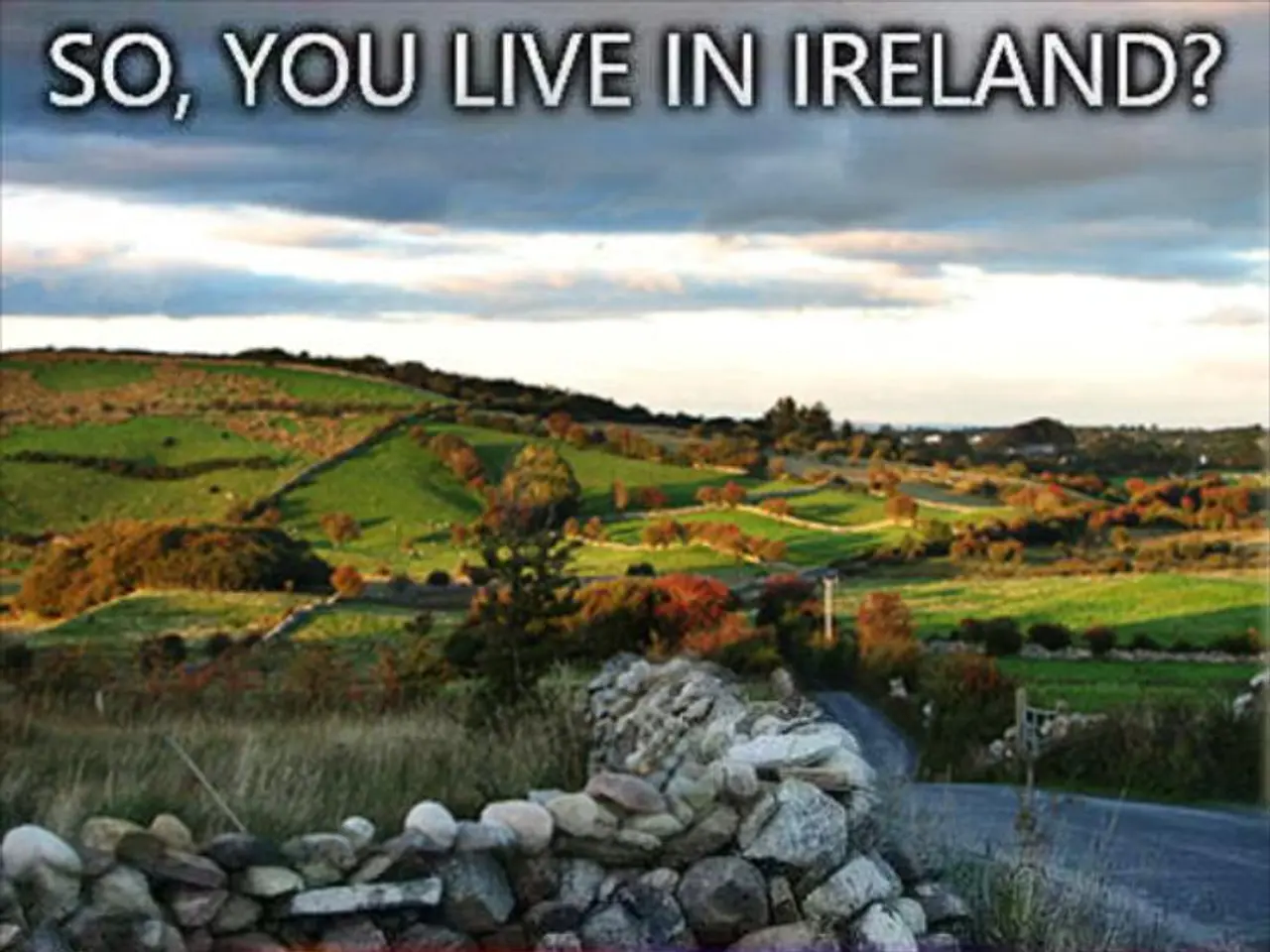Unchecked Wildfires Ravage Tourist Destinations and Forests in Europe, Leaving Residents Desperate: "We're Being Roasted Alive"
Record Wildfires Sweep Across Mediterranean Region
A series of wildfires have been ravaging parts of Europe, with temperatures reaching over 40 degrees Celsius (104 degrees Fahrenheit). The Mediterranean region, notably Spain, Portugal, Greece, Turkey, and the Balkans, has been particularly hard-hit.
The surge in wildfires is primarily driven by climate change, extreme heatwaves, prolonged drought, and human activities. According to NASA, the frequency of extreme wildfires has more than doubled over two decades due to human-induced warming.
In 2025, the fires have burned vast areas. By late July, over 237,000 hectares in the European Union were ablaze, marking a 78% increase over 2024. By mid-August, the total area affected had risen to over 894,000 hectares, making Spain's wildfire season the worst in over 30 years.
The impacts of these wildfires have been severe. At least 23 deaths have been reported, along with hundreds of injuries and tens of thousands of evacuations. Environmental damage includes loss of forests and biodiversity, soil degradation, and increased flood risks post-fire due to vegetation loss. Wildfires also release significant carbon emissions, undermining climate goals.
Firefighting efforts in these countries rely on a combination of aerial and ground resources, early detection systems, community preparedness, and international cooperation. Early detection is achieved through satellite systems and ground monitoring, allowing rapid response to new fires. Aerial firefighting uses planes and helicopters dropping water or retardants to control fire fronts, especially where ground access is difficult. Ground firefighting teams, including local firefighters and volunteer brigades, work to create firebreaks and extinguish flames. Many Mediterranean countries have enhanced regional and international cooperation for resource sharing and rapid deployment of firefighting assets. Community preparedness and evacuation plans have become crucial given the scale and unpredictability of wildfires.
In Spain, a fire on the outskirts of Madrid killed a man working at a horse stable and reached some houses and farms. In Tarifa, a fire started in eucalyptus and pine forests and spread, causing more than 2,000 people to be evacuated. Helicopters were used to douse the fire with seawater. In Portugal, three fires are currently burning, with the situation described by Alexandre Favaios, a mayor, as feeling like being "cooked alive".
Scientists warn that global warming is causing the Mediterranean region to experience hotter, drier summers, leading to an increase in wildfires each year. The fires in these countries are part of a larger wildfire outbreak in several countries, a concern for many due to the potential impacts of global warming. Firefighting continues in these countries, with the hope that coordination of technological detection, aerial and land resources, and community safety protocols can mitigate the destruction.
[1] NASA (2025). Climate Change and Wildfires in the Mediterranean Region. Accessed 1st September 2025, from https://climate.nasa.gov/news/2918/climate-change-and-wildfires-in-the-mediterranean-region
[2] European Forest Fire Information System (EFFIS) (2025). Wildfires in the Mediterranean Region. Accessed 1st September 2025, from https://www.effis.eu/
[3] European Union's Copernicus Atmosphere Monitoring Service (CAMS) (2025). Carbon Emissions from Wildfires in Europe. Accessed 1st September 2025, from https://atmosphere.copernicus.eu/
[4] World Meteorological Organization (WMO) (2025). Heatwave and Drought Conditions in Europe. Accessed 1st September 2025, from https://public.wmo.int/en/media/news/wmo-issues-red-warning-extreme-heat-europe
[5] European Commission (2025). Climate Change and Carbon Emissions in Europe. Accessed 1st September 2025, from https://ec.europa.eu/clima/policies/strategies/2050_en
- The surge in wildfires in the Mediterranean region is largely driven by climate change, extreme heatwaves, prolonged drought, and human activities, as suggested by the NASA report on climate change and wildfires in the Mediterranean region.
- The escalating wildfire situation in the Mediterranean region, with countries like Spain, Portugal, Greece, Turkey, and the Balkans being heavily affected, is a cause for concern in the context of general news, environmental science, and politics, given its potential impacts of global warming.
- As wildfires continue to ravage the Mediterranean region, the role of science, specifically environmental science and the World Meteorological Organization's predictions of hotter, drier summers, becomes crucial in understanding the root causes of the increased frequency of wildfires and informing effective mitigation strategies.






